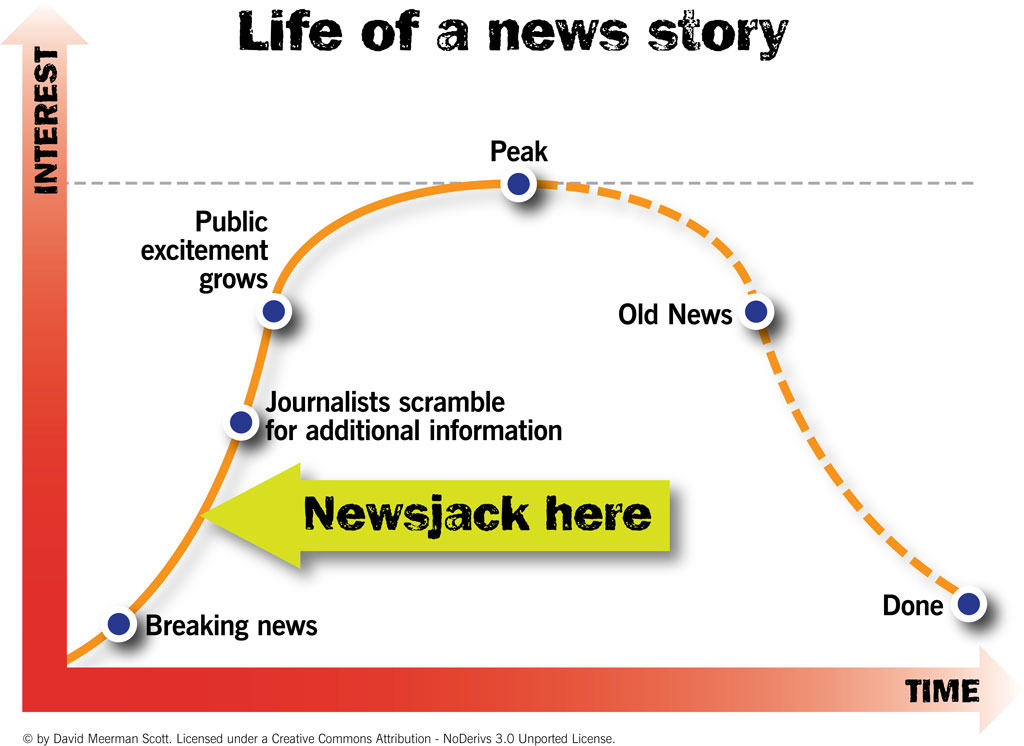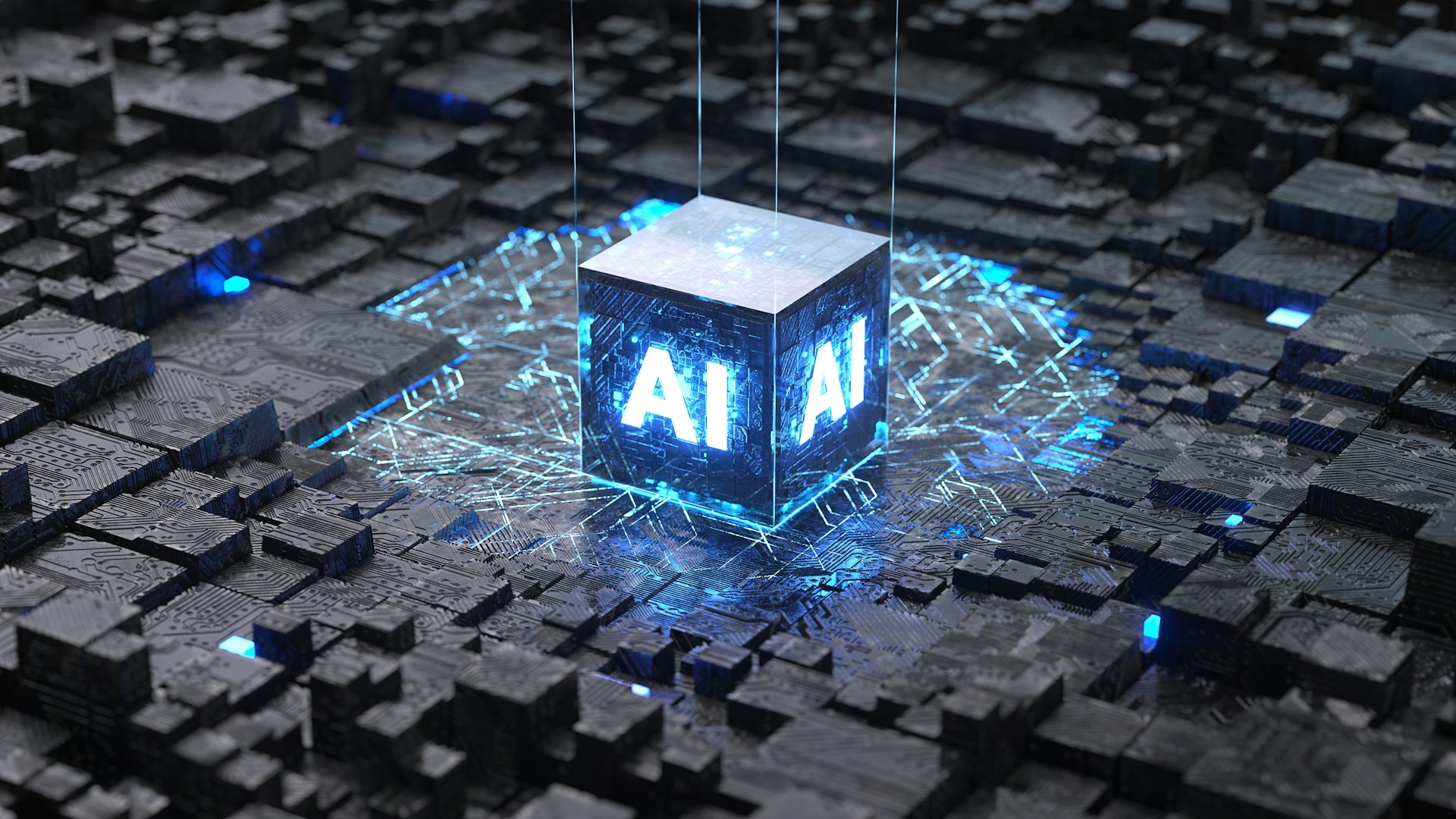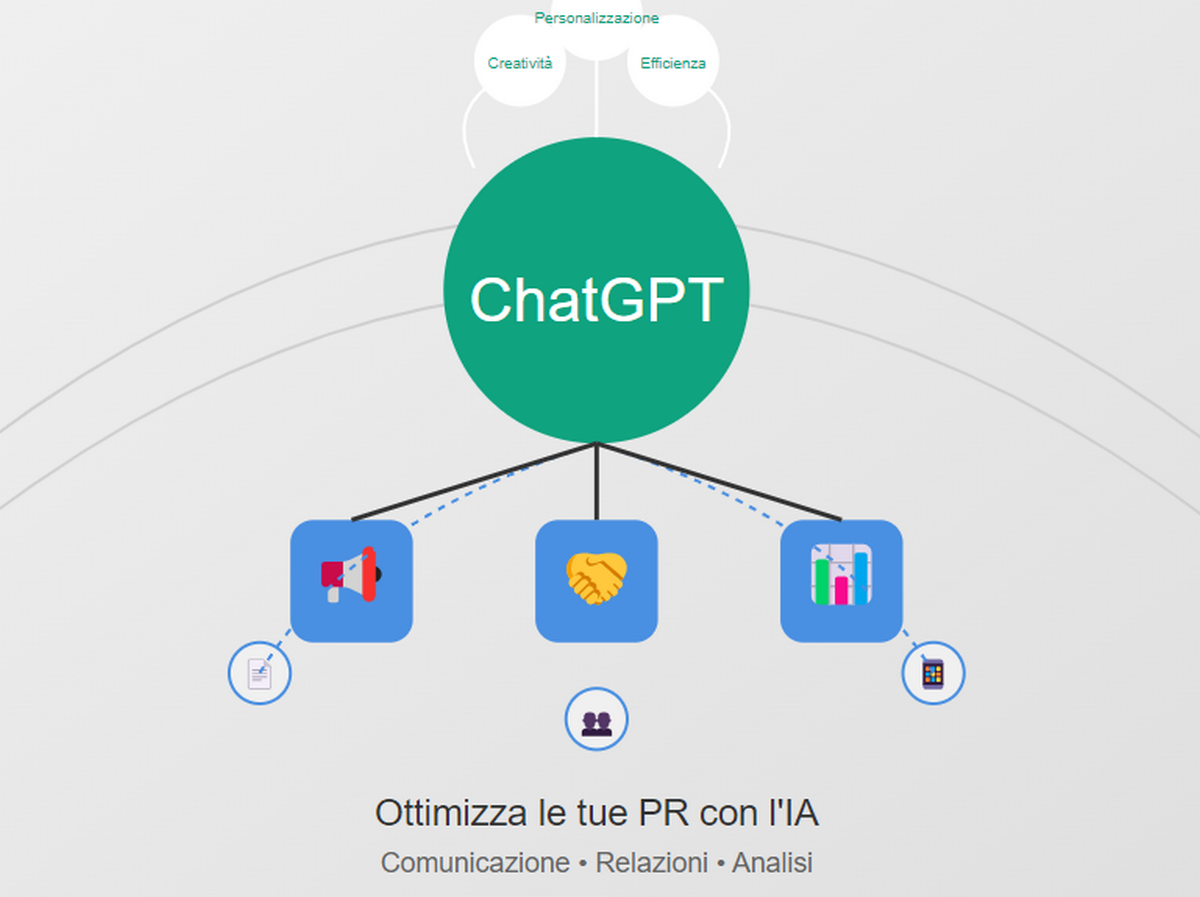In the dynamic panorama of digital communication, the ability to react promptly for emerging trends has become fundamental for the success of public relations strategies. The advent ofartificial intelligenceIt has opened new frontiers in this area, offering powerful tools to analyze data, generate ideas and customize communications in record time. This technological revolution is redefining the way in which the Professionals of the PR approves their work, allowing an unprecedented reactivity to the trendy topics.
Summary
The goal of this article is to explore how artificial intelligence is transforming the sector of praactive pros, providing concrete strategies and practical advice to make the most of these new technologies. We will analyze how IA can enhance human creativity, accelerate decision -making processes and improve the effectiveness of communication campaigns. We will also see how to integrate these innovative tools in existing work flows, balancing automation and human touch to obtain optimal results.
Whether you are professionals of the proneras or new arrivals in the sector, this article will provide you with the necessary tools to remain competitive in the era of artificial intelligence applied to public relations. Get ready to find out how to capitalize faster and effectively trendy topics, exploiting all the AI potential to make your brand shine in the contemporary media scene.
The AI revolution in pr reactive pr
L 'artificial intelligenceis radically transforming the public relations sector, in particular in the context ofPRreactive. This technological innovation offers operators in the sector powerful tools to rapidly analyze large quantities of data, identify emerging trends and react in real-time to the developments of the media panorama.
The integration of the AI in public relations has led to a profound transformation of the way in which companies manage their online reputation. Technological innovations have completely revolutionized the approach to corporate communication, introducing new methodologies and tools that have made the activity of PR more effective and measurable.
AI capacity in PR
Constantly monitor the sentiment of the public: IA algorithms are able to analyze millions of online conversations, quickly identifying changes in the sentiment towards the brand, products or services. This allows to intervene promptly in the event of crisis or to exploit emerging opportunities. Real -time analysis also allows you to identify behavioral patterns and consumer preferences that could escape the human eye.
Predict crises: By using advanced predictive models, the IA can identify the precursor signals of a potential crisis, allowing companies to implement preventive measures and mitigate damage. These models constantly analyze variables such as the volume of negative mentions, the speed of spreading news and the involvement of key stakeholders.
Customize communications: The IA allows you to create highly personalized messages, adapted to the needs and interests of specific public segments. This increases the effectiveness of communications and strengthens involvement. Personalization also extends to the choice of channels, times and the most appropriate delivery methods for each recipient.
Automate repetitive processes: activities such as media monitoring, generation of reports and social media management can be automated, freeing time for PR professionals who can focus on more strategic and creative activities. Automation also reduces the risk of human errors and guarantees greater consistency in communication.
Improve the measurement of results: Thanks to the AI, it is possible to precisely measure the impact of the PRI campaigns, identifying the key metrics and attributing the results to the different initiatives. Advanced analytics tools allow you to trace the complete customer journey and to evaluate the ROI of communication activities.
Real-world examples of application
Content generation: The IA tools can generate drafts of press releases, social media posts and other content, adapting them to different channels and public. For example, a company could use the IA to create personalized content for specific influencers, increasing the possibilities of collaboration. Technology can also suggest appropriate SEO and Tone of Voice optimizations for different contexts.
Chatbots and virtual assistants: Chatbots can interact with customers in real-time, providing answers to frequent questions and solving common problems. This not only improves the customer's experience, but also free time to customer assistance representatives. The most advanced chatbots are able to learn from past interactions and constantly improve their performance.
Trend analysis: the IA can identify emerging trends in the sector and suggest newsjacking opportunities. For example, a company could use the IA to identify current events or relevant topics for its sector and create content that exploits these opportunities to increase the brand's visibility. Predictive analysis can also help anticipate future market trends.

Influencers monitoring: the IA can identify the most relevant influencers for a brand and measure their impact on online conversations. This allows to build more effective relationships with influencers and to maximize the return on investment. Algorithms can also predict the potential success of future collaborations based on historical data.
Challenges and opportunities
Despite the numerous advantages, the use of the AI in the reactive PRs also presents some significant challenges that must be carefully considered:
Algorithmic Bias: the IA algorithms can reflect the bias present in the data on which they are trained. It is essential to monitor and mitigate these bias to ensure equity and transparency. For example, an IA algorithm could favor certain demographic groups or points of view, leading to a distorted representation of reality.
Privacy: the collection and analysis of large quantities of personal data raise important privacy issues. It is necessary to comply with current regulations and guarantee the protection of user data. For example, it is essential to obtain users' consent before collecting and using their data for marketing purposes.
Dependence on technology: excessive dependence from the AI can limit the critical and creative thinking of the Professionals of the PR. It is important to maintain a balance between the use of the AI and the human contribution, enhancing the distinctive skills of both.
Future discussions
The impact of the AI on the role of the Professional of the PRs: how will the skills required to Professionals of the PR in the AI era change? What new professional figures will emerge? How will the relationship between humans and machines evolve in the PR sector?
Ethics in the use of the AI in communications: what are the ethical principles that must guide the use of the AI in the PR? How to guarantee transparency and accountability? What role do the company values play in the implementation of the AI?
The best practices to implement the IA in the pr: what are the steps to follow to successfully implement the IA in an organization? How to manage the necessary cultural change? What skills develop internally?
The future of the AI in PR: what will be the next borders? What are the emerging technologies that will have a significant impact on the PR? How will the relationship between traditional and digital communication evolve?
Conclusions
Artificial intelligence is revolutionizing the way companies manage reactive public relations. By offering powerful tools to analyze data, automate the processes and customize communications, the IA allows companies to improve their online reputation and strengthen the relationship with customers. However, a balanced and aware approach is essential, which takes into account the challenges and opportunities offered by this technology. The continuous evolution of the AI promises to bring further innovations to the field of PR, opening new possibilities for the management of corporate communication. The organizations that will be able to effectively integrate these technologies in their processes, while maintaining an ethical and centered approach on the human, will be better positioned to face the communication challenges of the future.











